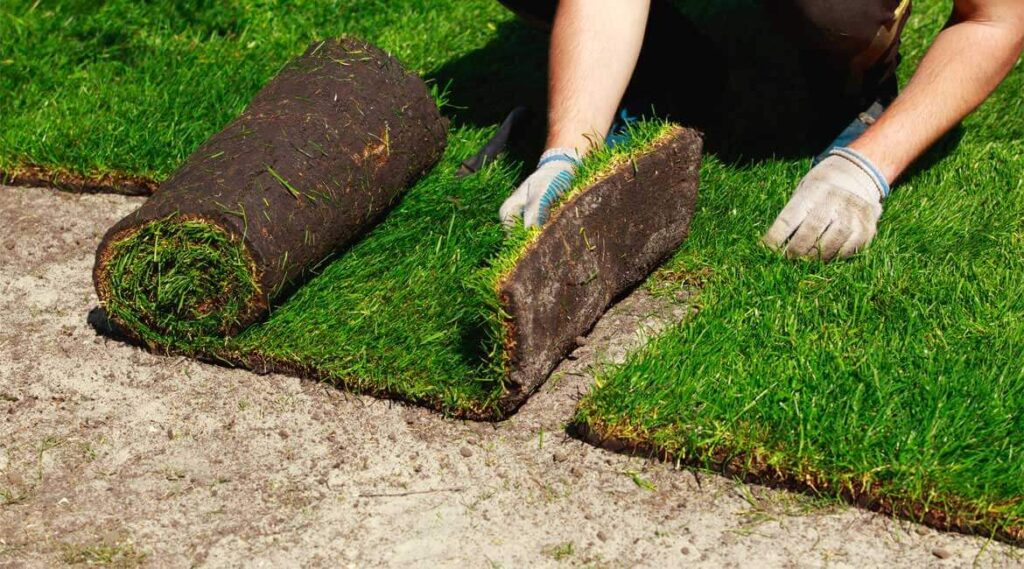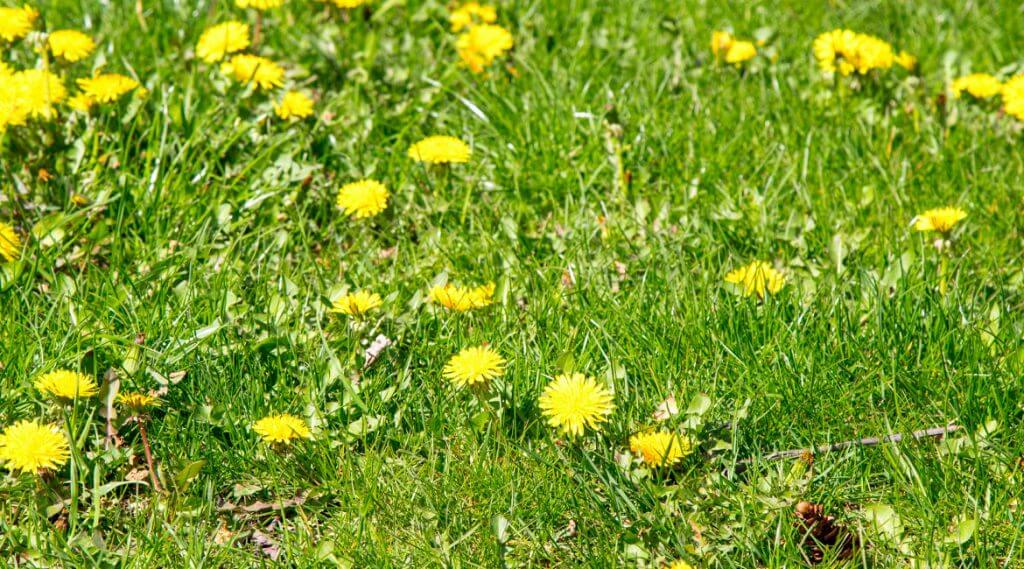Nothing looks more like a yellow patch on the lawn than another yellow patch on the lawn! However, the causes can be multiple and so can the solution. In order to act properly to solve the problem and regain a healthy lawn, it is essential to first identify the cause of the problem. There is nothing like a good diagnosis to apply the right corrective measures and quickly restore the lawn’s vitality.
Pinpoint the issue
No one likes to see their lawn turn from green to yellow, either entirely or only in patches. Insects, diseases, drought, fertilization problems… The causes are numerous and the damage caused by one or the other can be very similar. Therefore, it is important to understand the origin of the problem in order to remedy it in the best way. Your Nutrite Expert is the right person to help you see things more clearly. Contact him immediately if you see a change in the condition of your lawn.
A diagnostic tool to help you
The Nutrite Expert Network has created a diagnostic tool to help you identify the cause of your lawn problem. Whether it’s yellow patches, increased insect pests, an overgrowth of unwanted grasses in your lawn, suspected disease or simply a sudden change in your lawn’s appearance, the diagnostic tool can help you identify the source and quickly put solutions in place before your lawn suffers too much. Some problems are more significant or serious than others, so the sooner you act, the better your chances of recovering your lawn.
What can cause damage to my grass?
Insects
Chinch bugs, sod webworms, marsh crane flies and, of course, grubs are all insects that can damage your lawn. If it’s not them directly, it’s small animals – skunks, raccoons or field mice – and birds that plow through your yard for food. Identify the pest so you know what to do to get rid of it, and more importantly, to prevent it from coming back later in the season or next year. Always make sure to repair damaged patches of grass by following these simple steps.
Lawn diseases and other causes
In addition to insects, some diseases can affect the condition of your lawn. These include dollar spot, red or pink filaments and helminth spot. Learn how to tell them apart with the diagnostic tool. Knowing what you’re dealing with makes it easier to do the right thing.
Weather can also bring its own set of problems to your lawn: frost patches, damage from prolonged drought, too little water or too much water. If your lawn seems to be in bad shape, there’s clearly a trigger – you need to find it!
Weeds
Even if they don’t cause problems for your lawn directly, weeds may indicate other underlying issues that need attention. Wild strawberry, dandelion, crabgrass, oxalis and other broadleaf weeds often take hold and colonize sparse lawns and poor soil. We can’t say it enough: a healthy, dense and vigorous lawn is your best ally in limiting the proliferation of undesirable weeds: don’t give them a chance to settle in your home.
Consult the diagnostic tool provided by the Nutrite Network of Experts to pinpoint the cause of the damage to your lawn and take the necessary corrective action. Contact your Nutrite Expert immediately to confirm your diagnosis, or to find out if work is required.




